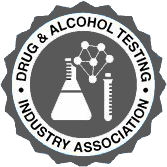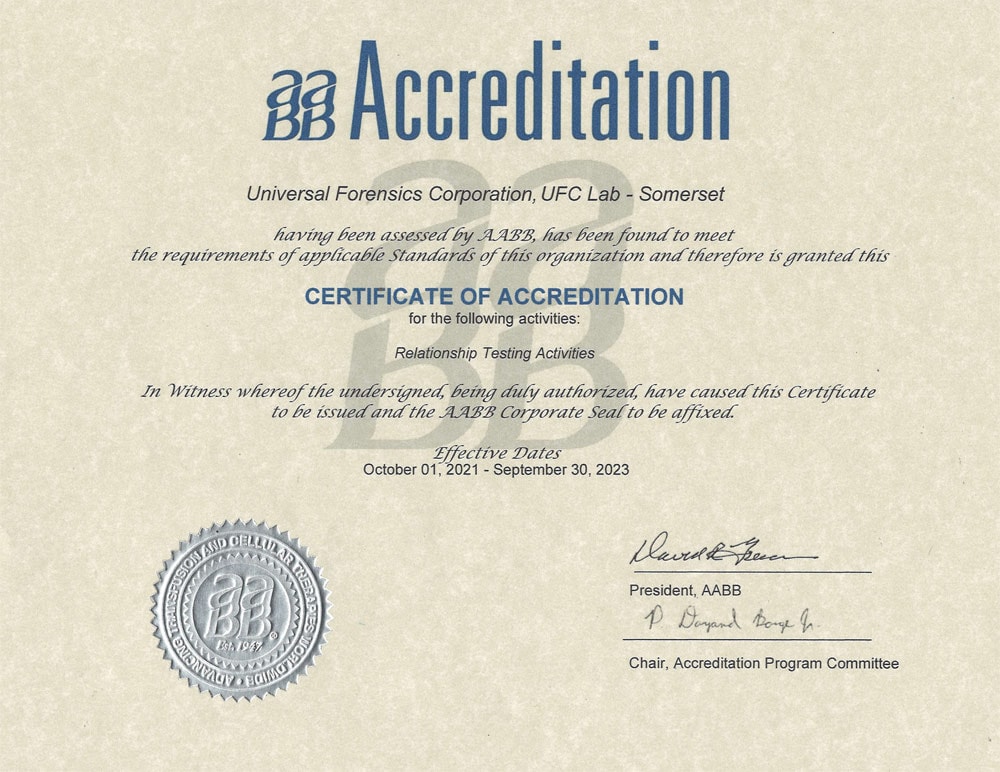When Was Paternity Testing Invented?

Paternity testing is a form of DNA testing that confirms who a person’s father is. This information can be useful for legal and medical reasons, peace of mind, and forming one’s self-identity. Prior to the scientific methods to determine a biological father, juries and judges would decide who to believe in cases of child support and custody cases: the mother or the alleged father.
When DNA testing was first developed, it was not reliable and many countries did not accept it. However, advancements have been significant, and it is now a commonly used, accepted, and trusted method to determine paternal relationships.
Science plays an important role in so many areas of our society and the discoveries over the past century have been monumental. Being able to confirm biological family ties through DNA testing is phenomenal. The history of paternity testing is truly interesting and is a testament to the wonders of science. At ReliaLab, our qualified clinicians frequently perform paternity testing and can help you when you are asking questions about parentage.
The History Of Paternity Testing
Identification of biological parents has come a long way. Over the years, there have been many theories, such as suggesting the ridges along the roof of one’s mouth consist of patterns passed from father to child. Other have involved physical traits such as ear shape and hair texture.
However, it was Doctor Albert Abrams who made a noticeable, though questionable, contribution in the early 1900s. His theories involved the blood, and he developed an instrument called an oscillophore, which was to measure the electronic vibrations in blood droplets. This was based on race, claiming that the blood of people of differing ethnicities vibrated at different frequencies.
Tests like this, based on little scientific evidence, were clung to by a society in growing need of paternity confirmation. However, in the 1920s and 1930s, significant positive steps towards today’s testing were made by scientists who identified blood did in fact play a part. Rather than electronic vibrations though, they found that blood typing proved to be an important part of biological parentage.
Paternity Testing Over The Years
The 1920s and 1930s
When scientists identified four different blood types in humans (A, AB, B and O) due to certain proteins, more reliable information was able to be collected to show a link between shared blood. This incredible knowledge, which allowed for the creation of ABO tests, was significant in determining paternity, however, it has its limitations. For instance, if the mother and child have Type A blood, the father can be part of any blood group. This led scientists to discover other proteins on the surface of blood cells. This serological testing was useful and another important step forward, but it was also not conclusive.
1970s
Scientists took the focus on blood typing and identified a protein that is present throughout the body, except in red blood cells (the Human Leukocyte Antigen – HLA). Types of HLA vary between people, which shows a biological link when there is less variation between two people. Combined with ABO and serological testing, this allowed for the most reliable identification method yet.
1980s – Today
The 80s brought about the ground-breaking use of genetic testing with DNA. Similar to ABO, HLA and serological testing, DNA testing shows an inherited trait but is even more accurate. Unless there is a gene mutation, half a child’s DNA matches their biological mother and half matches their biological father.
DNA testing became even more specific in the 1990s, and analysis became possible through just a small amount, such as from a cheek swab. This took away the need for blood collection. It is also much faster to generate results from.
The testing methods have been refined further over the years to allow for even more accurate and speedy results. Even the paternity of a baby still in their mother’s womb can now be confirmed in a safe and reliable manner.
The Invention Of Paternity Testing Has Been Monumental
Paternity testing developed steadily to acquire the successful methods we have today. This scientific advancement has made a massive difference in many situations. It can help when paternity is contested in a court of law and when a medical history is required. Knowing biological parentage is important to a lot of people for many reasons, and it is now something that can be confirmed safely and reliably.
At ReliaLab, our highly qualified professionals frequently conduct paternity testing, helping countless families to find their connections. We are here to help you in this significant part of knowing your background.






